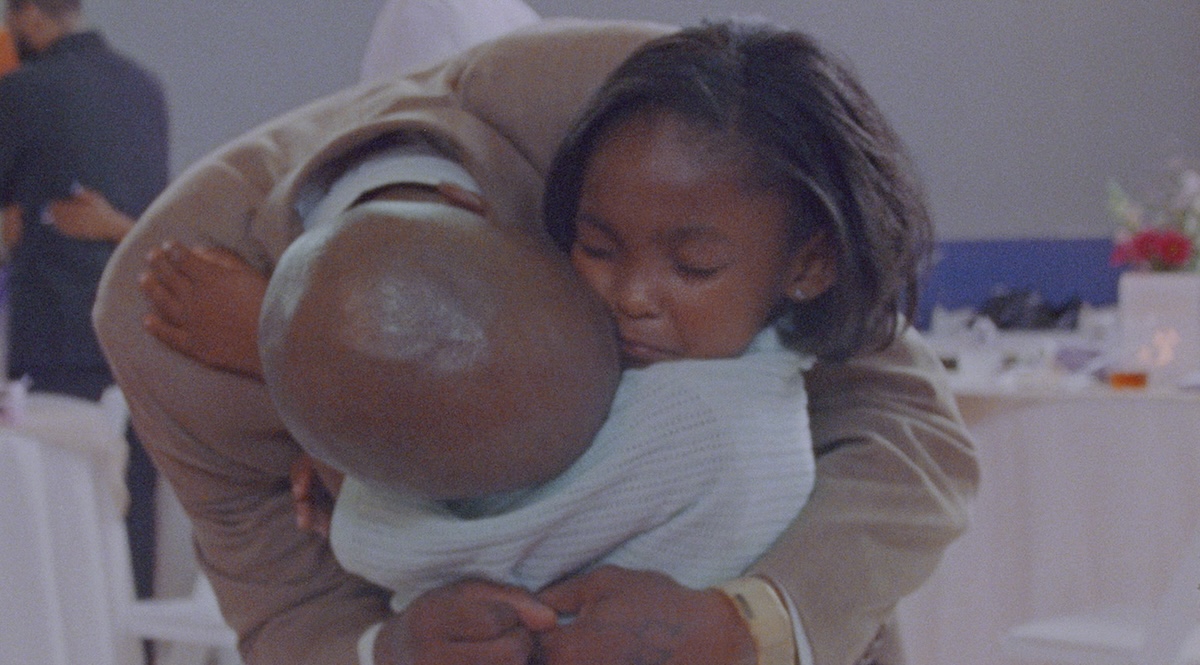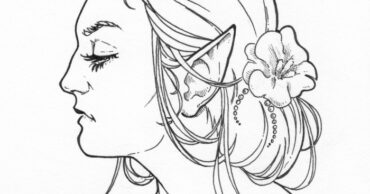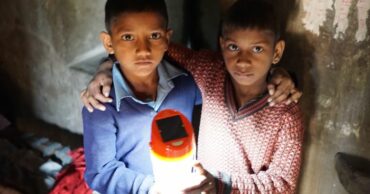When a family member faces a significant transition, the ripples are felt within the household. This sentiment finds a touching depiction in the documentary Daughters, directed by Natalie Rae and Angela Patton, which zeroes in on the profound bond between fathers and daughters as they navigate their challenges.
At the heart of this exploration is a unique event – the Daddy Daughter Dance. Set in Washington, D.C., this event transforms jails into a prom-like setting for a night. Fathers shed their prison uniforms for jackets and ties, and daughters arrive dressed up, ready to spend quality time with their dads. It offers a rare respite from separation anxieties, encapsulated beautifully on-film.
The documentary narrows its focus on several intriguing characters. One such character is Aubrey, a math whiz who is acutely aware of her father’s long absence.

Her anxiety about Aubrey was having some anxiety about how, if she goes away [to college], Daddy will cope with it all. He’ll be OK
, bringing forth her genuine concern for her father’s well-being.
The film also introduces us to Santana, another young girl preparing for her dance with the assistance of her dance coordinator. The choreography incorporates unique and personal hand movements, highlighting a deeply individualistic approach. As Santana mentions, Santana found a dance coordinator, and they helped me with the hand movements. I usually go to Fred Astaire and do the cha-cha and samba by myself. This is a different animal.
Santana’s responsibilities extend beyond just herself as she takes care of an infant sibling. This aspect of her life showcases her maturity and resilience in handling more than what most children her age could fathom.
Patton’s nonprofit organization strives to uplift girls like Aubrey and Santana, emphasizing their futures while providing emotional support through programs like the Daddy Daughter Dance. The film is lauded for its commitment to emotional integrity, portraying moments of hope alongside genuine heartache.
The fathers, preparing for the dance, participate in fatherhood circles where they reflect on their circumstances openly. They are encouraged to present themselves as potential promise-keepers for their daughters. Interestingly, the film refrains from disclosing their initial offenses but focuses on their aspirations to reform and reconnect with their families.
Without an obvious ending, Daughters presents an authentic portrayal of these relationships’ complexities. It allows audiences to experience every laugh, tear, hug, and even uncomfortable silence that surfaces during these encounters. Ultimately, it makes a poignant argument for second chances in an isolating world.
 Follow Us
Follow Us





